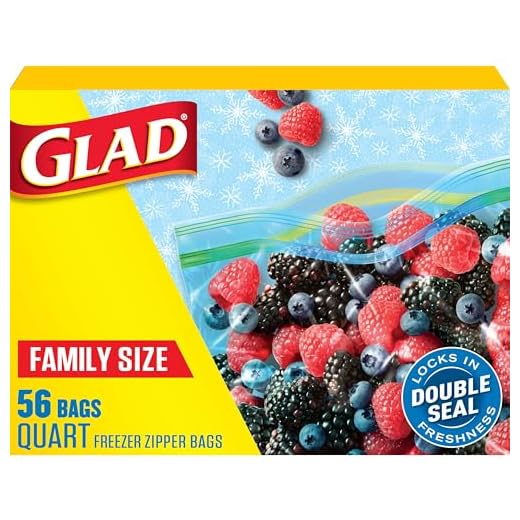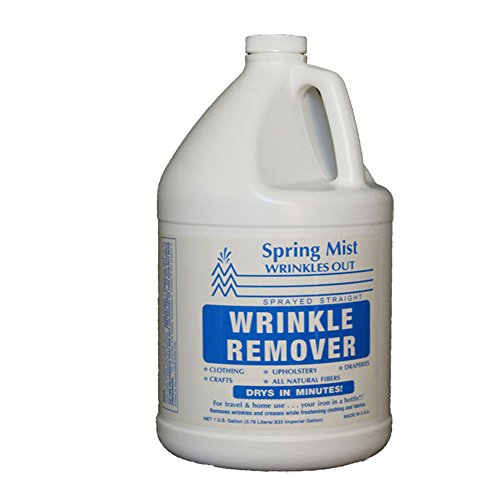


Electronics like laptops, tablets, or smartphones are permissible and recommended for on-the-go entertainment and productivity. Ensure devices are easily accessible for security checks.
Liquids, gels, and aerosols are restricted to containers of 100 ml or less, all fitting into a single, transparent, quart-sized bag. This rule applies to beverages, creams, and toiletries, so pre-pack items accordingly for hassle-free security processing.
Snacks such as granola bars or dried fruits may provide sustenance during flights. However, fresh foods may be subject to regulations based on destination, so consult specific airline policies beforehand.
Medications must remain easily available. Keep prescriptions and necessary documentation on hand in case of scrutiny by airport personnel. Always bring sufficient quantities to cover the duration of travel.
Valuables like jewelry and important documents, including passports and boarding passes, should be kept close at all times. Opt for a secure pouch or organizer to prevent loss or theft.
Permitted Objects for Carrying On Board
Liquids are restricted to containers of 100ml or less, all fitting into a single transparent, resealable plastic bag no larger than 1 liter. Necessary medications and baby formula are exceptions; those must be declared at security checks.
Electronic devices, such as laptops, tablets, and e-readers, must be easily accessible for security screening. Ensure these gadgets are charged to facilitate powering on during checks.
Personal items like wallets, passports, and travel documents are crucial and should be stored in easily reachable pockets of backpacks or tote bags. Consider using a travel organizer or passport holder for better management.
Clothing essentials should include a light jacket or sweater, as cabin temperatures can vary significantly. Shoes are typically limited to one pair plus any worn upon boarding.
Snack options are generally allowed but check airline specific regulations regarding fresh fruits, sandwiches, or meals. Pre-packaged snacks are safer choices for compliance.
Small travel pillows, blankets, or personal comfort items may be permissible, yet confirm specific airline policies to avoid inconveniences.
Gift items are usually acceptable, provided they are not restricted products. However, it is wise to keep packaging minimal.
Always double-check the airline’s guidelines prior to departure for the most accurate information regarding allowable possessions, as regulations may vary between carriers.
Liquids and Gels: Understanding TSA Regulations
Containers with liquids and gels must be 3.4 ounces (100 milliliters) or smaller. All such containers must fit into a single quart-sized zip-top clear plastic bag. Each traveler is allowed one of these bags.
Common examples include beverages, facial creams, lotions, perfumes, and gels. However, some liquids, like medications and baby formula, may be exempt from typical restrictions; declare these items at the checkpoint for appropriate screening.
| Category | Allowed Container Size | Remarks |
|---|---|---|
| Liquids | Up to 3.4 oz (100 ml) | Must be in a quart-sized clear bag |
| Gels | Up to 3.4 oz (100 ml) | Same rules as liquids apply |
| Medications | No size limit, but must be declared | Must be screened separately |
| Baby formula | No size limit, but must be declared | Must be screened separately |
Following these guidelines ensures a smoother security screening process. Always check for updates on regulations, as they can vary by location and airline.
Electronics: What Devices Are Allowed on Board
Passengers may bring various electronic gadgets onto flights, but specific regulations apply. Laptops, tablets, e-readers, and smartphones are typically allowed. Ensure that these devices are fully charged, as security may request to power them on during screening.
Smartphones and Tablets
Smartphones and tablets can accompany travelers on most airlines. Ensure that any protective cases are removed during security checks if required. These devices must be taken out of bags and placed in separate bins for scanning. Keep in mind that some international flights may have additional restrictions regarding internet connections during the flight.
Laptops and Other Electronics
Laptops must be placed in a separate bin during the security screening process. Any larger electronics, such as portable gaming consoles and cameras, follow similar guidelines. Remember to check your airline’s policy for any additional stipulations. Always ensure that cords and accessories are neatly packed for convenience. For tips on custody arrangements, refer to this link: how can a father win custody.
Food and Beverages: What You Can Bring Through Security
Solid food items are generally permitted. Snacks like granola bars, sandwiches, fruits, and chips are acceptable. Avoid fragile foods that can easily crumble or leak.
Liquids over 3.4 ounces are not allowed. However, foods like yogurt or hummus in containers that meet the regulations are permissible. Ensure these containers fit the guidelines outlined for liquids.
Baby food is an exception; larger quantities are fine if traveling with an infant. Declare these items to security personnel upon reaching the checkpoint.
Alcoholic beverages are allowed only if they were purchased after security checks and are in sealed retail packaging. Check the airline’s policy on bringing such liquids onboard.
Use lightweight insulated bags to keep perishables fresh if taking longer trips. Consider the best luggage for safari trip for practical options that accommodate food storage well.
For workouts, nutritious snacks in gym bags are encouraged. This is where the best gym backpack for women comes into play, providing adequate space for snacks and beverages.
Personal Items: Guidelines for Clothing and Accessories
Prioritize comfort and appropriateness by selecting versatile garments. Opt for layers that can be easily added or removed, accommodating varying temperatures in the cabin. Light fabrics work well, while bulky materials may be cumbersome during travel. Avoid overly formal attire that may restrict movement.
Footwear should provide ease and practicality. Slip-on shoes simplify security checks and allow for quick removal if necessary. Consider athletic or casual options that support walking through terminals.
Accessories play an important role. Limit jewelry to essentials to save time during screening. Scarves or wraps can serve as functional items, providing warmth without taking up significant space.
Hats, depending on style, may be beneficial for sun protection or warmth. However, ensure they do not add excessive bulk to personal belongings. Sunglasses are useful but should be stored in a protective case to avoid damage.
A small backpack or tote bag can house personal essentials, such as a travel pillow or lightweight blanket. Always check restrictions on such carriers, ensuring compliance with airline policies.
Lastly, consider using pockets wisely. Secure important documents and small personal effects within easy reach to facilitate a smoother experience throughout the journey.
Special Considerations: Medical Supplies and Baby Gear
Individuals requiring medical supplies may take necessary medications and related devices on board. It’s advisable to keep prescriptions, a doctor’s note, and any relevant medical documentation accessible to facilitate security checks.
- Prescription medications: Keep them in their original containers. A reasonable quantity is allowed to be carried, ensuring it meets personal needs during travel.
- Diabetes supplies: Including syringes and insulin. These items should be declared at security for further inspection, if necessary.
- Oxygen tanks or CPAP machines: Required medical equipment is permitted. Notification to the airline before flying is essential for any necessary arrangements.
For travelers with infants, baby gear is generally allowed without restrictions. However, some guidelines apply.
- Formula, breast milk, and juice: Permitted in quantities exceeding standard liquid restrictions, but they must be screened separately.
- Strollers and car seats: These can be taken to the gate, where they will either be checked or allowed onboard based on airline policy.
- Baby food: Solid and liquid options are permissible but may also undergo additional screening procedures.
Carry essential comfort items such as blankets or small toys to ease the journey for infants, ensuring a smoother experience for parents and children alike.







